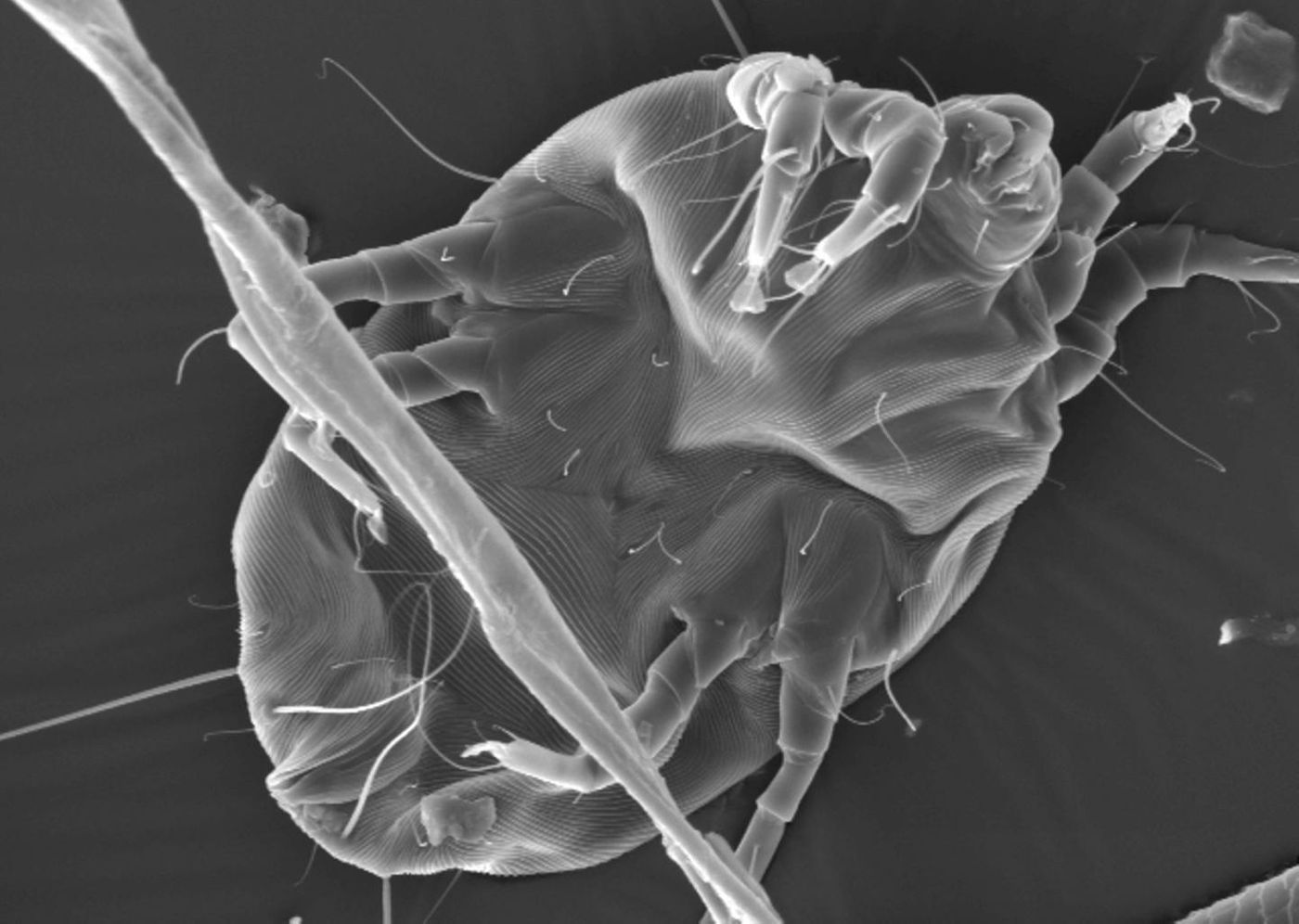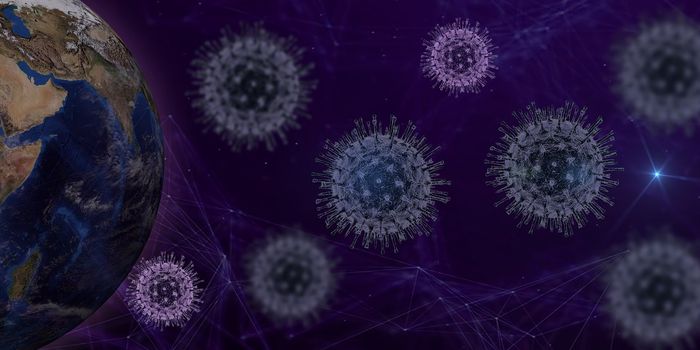What is it about dust mites that make them such a strong allergen for so many people? Scientists from Duke University and the National Institute of Environmental Health Sciences collaborated on a recent study to find out, using a novel technique that measured the stability of thousands of proteins simultaneously.
Only twenty or so dust mite proteins out of thousands trigger the allergic reactions that we all know and hate: sneezing, sniffing, and watery eyes. Scientists from the new collaboration set out to determine why other dust mite proteins and other proteins in the environment didn’t have the same effect. Why THESE proteins?
During the study, researchers used the new technique to measure the stability of both allergens and non-allergens in dust mites. The new technique measures that stability of highly complex groups of proteins, hundreds or even thousands at a time. Before this technique, these kinds of measurements old only be done on one protein at a time. Combined with transcriptome data to get an idea of allergen abundance, they found that the allergens were spastically more abundant and stable than non-allergens.
“The allergens weren't just more abundant, and they weren't just more stable, they were both more abundant and more stable," said co-author of the study, Michael Fitzgerald. They studied 19 known allergens and 659 non-allergens from whole dust mites. "This helps us understand at a fundamental level why certain proteins are allergenic."
Understanding the characteristics that make certain proteins allergenic opens doors for new allergy treatments and new ways to predict which artificially added environmental proteins will trigger allergies, like those in food, medicine or other products.
“Understanding how stable they are, putting a number on that, quantifying that, can be useful in a number of different applications, from drug mode-of-action studies to characterizing disease states," Fitzgerald said.
The researchers plan to continue with their study looking at other allergens, like those from cockroaches and pollen. The current study was published in the Journal of Allergy and Clinical Immunology
"Proteins are becoming more and more widely used in various consumer products, from GMOs to therapeutic medicines," Fitzgerald said. "This may help predict which ones of those may be more or less allergenic."
Source:
Duke University









